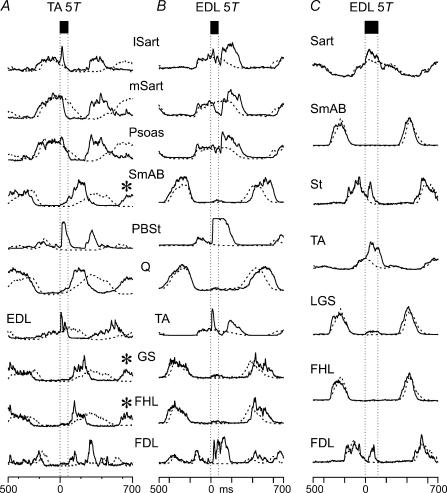Figure 2. Opposing actions of TA and EDL affect motoneurone pools throughout the ipsilateral hindlimb.
Averaged, rectified–integrated ENG records during control (no stimulation) step cycles (dashed traces) and during nerve stimulation (continuous traces). Electrical stimulation at 200 Hz of TA (A: 15 shocks, n = 44) and EDL nerves (B: 15 shocks, n = 53; C: 25 shocks, n = 57) at 5T was triggered from flexor nerve activity. A, TA nerve stimulation truncated flexor nerve activity (mSart, Psoas and EDL) and phase advanced extensor activity (Q, SmAB, GS, FHL, FDL). TA stimulation resulted in a resetting of the locomotor period such that activity in the next step is also phase advanced (asterisks). B, in the same experiment, EDL nerve stimulation prolonged ongoing flexor activity and delayed the onset of the next extensor burst. C, in another experiment EDL stimulation affects the amplitude of flexor activity but not step cycle timing.

